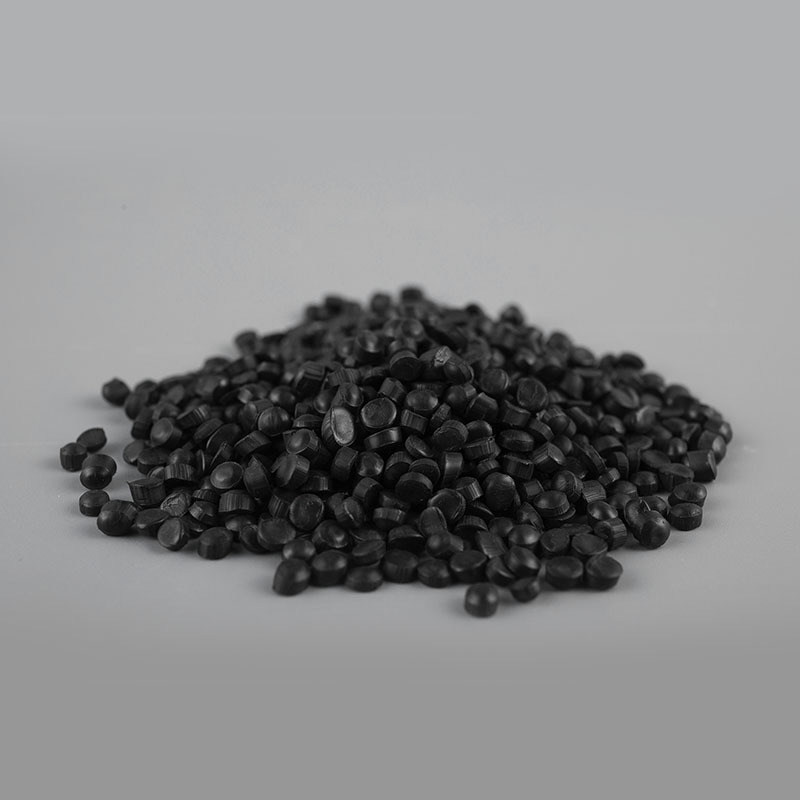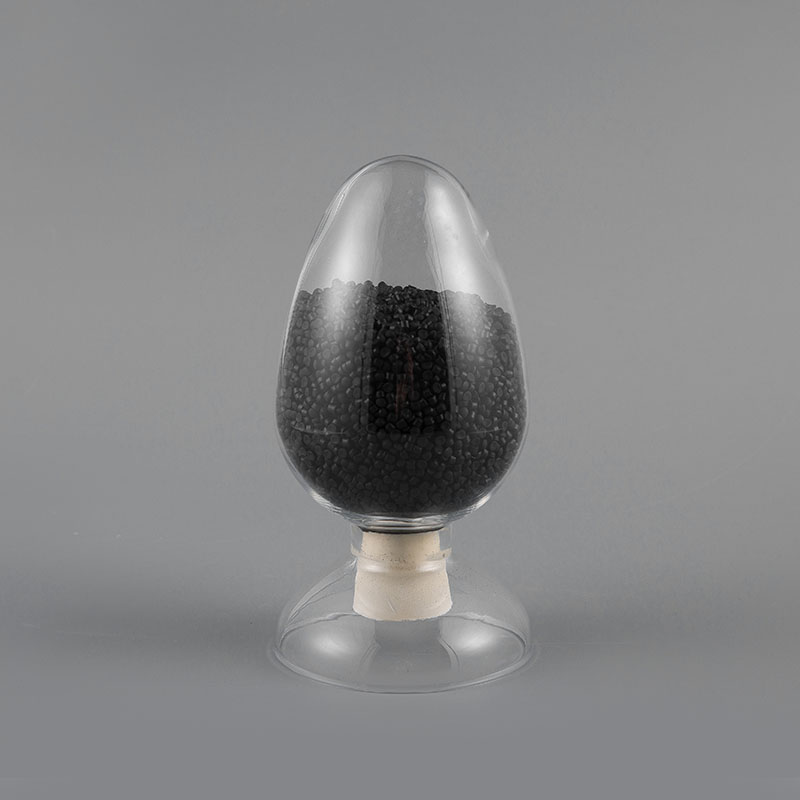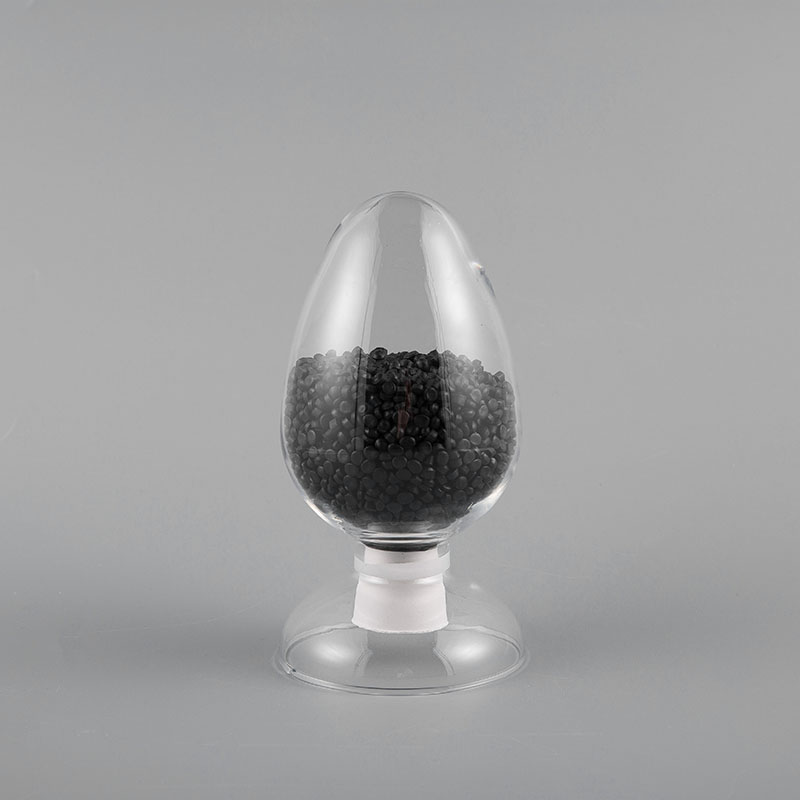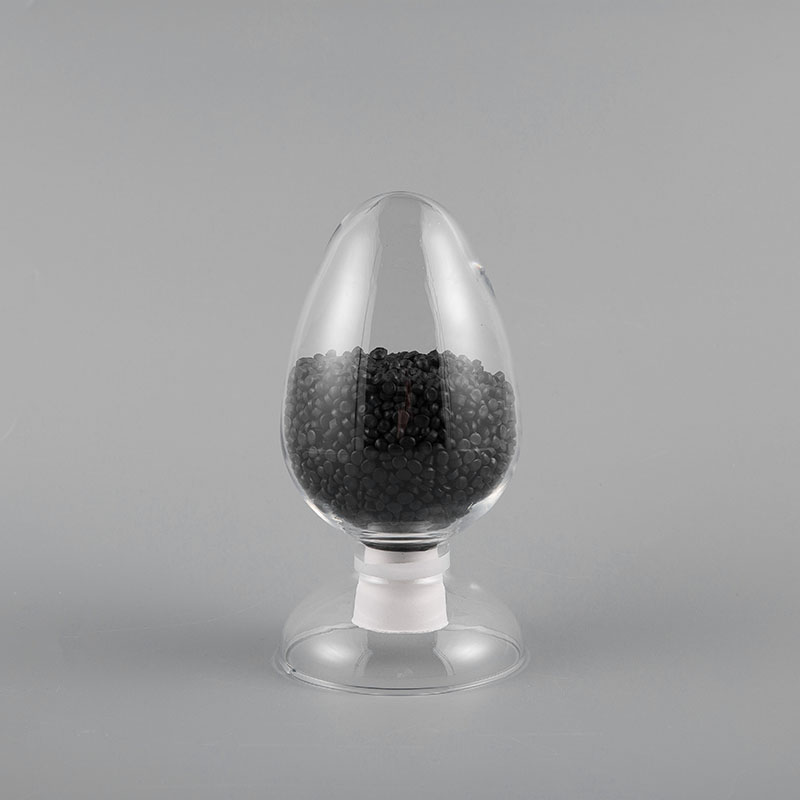- 1 What Are Electricity Cable Compounds and Why Are They Important?
- 2 Best Materials for High Voltage Cable Insulation: A Comparative Analysis
- 3 How to Choose Flame Retardant Cable Compounds for Different Applications
- 4 Properties of Thermoplastic Cable Jacketing Materials Explained
- 5 UV Resistant Cable Compound Formulations for Outdoor Applications
- 6 Low Smoke Zero Halogen Cable Compounds: Safety and Performance
What Are Electricity Cable Compounds and Why Are They Important?
Electricity cable compounds are specialized materials used to insulate and protect electrical cables from environmental factors, mechanical stress, and electrical interference. These compounds play a critical role in ensuring the safety, durability, and efficiency of power transmission and distribution systems.
ZH-70 70℃ PVC Flame Retardant Soft Sheath Plastic
The Composition of Cable Compounds
Typically, electricity cable compounds consist of three main components:
- Base polymers (such as polyethylene, PVC, or cross-linked materials)
- Additives (including antioxidants, flame retardants, and stabilizers)
- Fillers (like clay, calcium carbonate, or other mineral-based materials)
Key Functions in Electrical Systems
These compounds serve several vital functions:
- Electrical insulation to prevent current leakage
- Protection against moisture and environmental degradation
- Mechanical strength to withstand installation stresses
- Thermal stability for varying operating conditions
- Flame resistance for safety requirements
Best Materials for High Voltage Cable Insulation: A Comparative Analysis
Selecting the right material for high voltage applications requires careful consideration of multiple factors. The best materials for high voltage cable insulation must balance electrical properties with physical durability.
Common High Voltage Insulation Materials
Here's an in-depth look at the most widely used options:
Cross-Linked Polyethylene (XLPE)
XLPE has become the standard for many high voltage applications due to its excellent electrical properties and thermal stability. Key advantages include:
- High dielectric strength
- Good thermal endurance up to 90°C
- Excellent water tree resistance
- Superior mechanical properties
Ethylene Propylene Rubber (EPR)
EPR compounds offer different benefits that make them suitable for specific applications:
- Excellent flexibility at low temperatures
- Good resistance to tracking and erosion
- Superior water resistance
- Wider operating temperature range than XLPE
Material Comparison Table
| Property | XLPE | EPR |
|---|---|---|
| Dielectric Strength | Excellent | Good |
| Thermal Stability | Up to 90°C | Up to 105°C |
| Flexibility | Moderate | Excellent |
| Water Resistance | Good | Excellent |
| Cost | Lower | Higher |
How to Choose Flame Retardant Cable Compounds for Different Applications
Flame retardancy is a critical safety consideration in cable design. Understanding how to choose flame retardant cable compounds requires knowledge of fire safety standards and material performance.
Key Fire Performance Requirements
Different applications demand varying levels of fire resistance:
- Limited flame spread
- Low smoke emission
- Reduced toxic gas generation
- Fire resistance (maintaining circuit integrity during fire)
Common Flame Retardant Technologies
Several approaches are used to achieve flame retardancy in cable compounds:
Halogen-Based Systems
These traditional systems provide excellent flame retardancy but have environmental concerns:
- Effective flame suppression
- Potential to emit corrosive/toxic smoke
- Facing increasing regulatory restrictions
Halogen-Free Alternatives
Growing in popularity due to environmental and safety benefits:
- Typically use metal hydroxides (ATH, MDH)
- Produce less smoke and toxic gases
- Often require higher loading levels
- May impact mechanical properties
Properties of Thermoplastic Cable Jacketing Materials Explained
The jacket serves as the first line of defense for cables. Understanding the properties of thermoplastic cable jacketing materials helps in selecting the right protection for specific environments.
Common Thermoplastic Jacketing Materials
Several thermoplastics dominate the cable jacketing market:
Polyvinyl Chloride (PVC)
PVC remains widely used due to its balance of properties and cost-effectiveness:
- Good mechanical strength
- Excellent flame retardancy (when formulated)
- Chemical resistance
- Flexibility across temperature ranges
Polyethylene (PE)
PE offers different advantages for outdoor and harsh environments:
- Excellent moisture resistance
- Good electrical properties
- UV stability (in specific formulations)
- Lower temperature flexibility than PVC
Performance Comparison
| Property | PVC | PE |
|---|---|---|
| Temperature Range | -20°C to 70°C | -50°C to 80°C |
| Flame Retardancy | Excellent (formulated) | Poor (unless additive) |
| Moisture Resistance | Good | Excellent |
| UV Resistance | Fair (requires stabilizers) | Good (black PE) |
UV Resistant Cable Compound Formulations for Outdoor Applications
Outdoor cables face constant exposure to sunlight, requiring UV resistant cable compound formulations to prevent premature degradation.
Challenges of UV Exposure
Solar radiation causes several degradation mechanisms:
- Surface cracking and crazing
- Color fading
- Loss of mechanical properties
- Reduction in electrical performance
UV Stabilization Techniques
Several approaches are used to enhance UV resistance:
Additive Systems
These include various stabilizers that absorb or neutralize UV radiation:
- Carbon black (most effective, but limits color options)
- Hindered amine light stabilizers (HALS)
- UV absorbers (benzotriazoles, benzophenones)
- Antioxidants to prevent secondary degradation
Material Selection
Some base polymers naturally resist UV better than others:
- Polyethylene (especially HDPE)
- Certain fluoropolymers
- UV-stabilized PVC formulations
Low Smoke Zero Halogen Cable Compounds: Safety and Performance
The growing emphasis on fire safety has increased demand for low smoke zero halogen cable compounds in public spaces and confined environments.
Benefits of LSZH Compounds
These materials offer significant safety advantages:
- Reduced smoke emission during fires
- Elimination of corrosive/toxic halogen gases
- Improved visibility for evacuation
- Reduced equipment damage from corrosive smoke
Formulation Challenges
Developing effective LSZH compounds requires balancing multiple factors:
- Achieving sufficient flame retardancy without halogens
- Maintaining good mechanical properties at high filler loadings
- Ensuring processability in standard cable manufacturing
- Meeting various international standards
Common LSZH Base Polymers
Several polymer systems are used in LSZH formulations:
- Ethylene vinyl acetate (EVA) based compounds
- Polyolefin blends (PE/EVA/EEA)
- Specialty elastomers for flexible applications
- Thermoplastic elastomers for specific performance needs


 English
English 中文简体
中文简体 русский
русский







